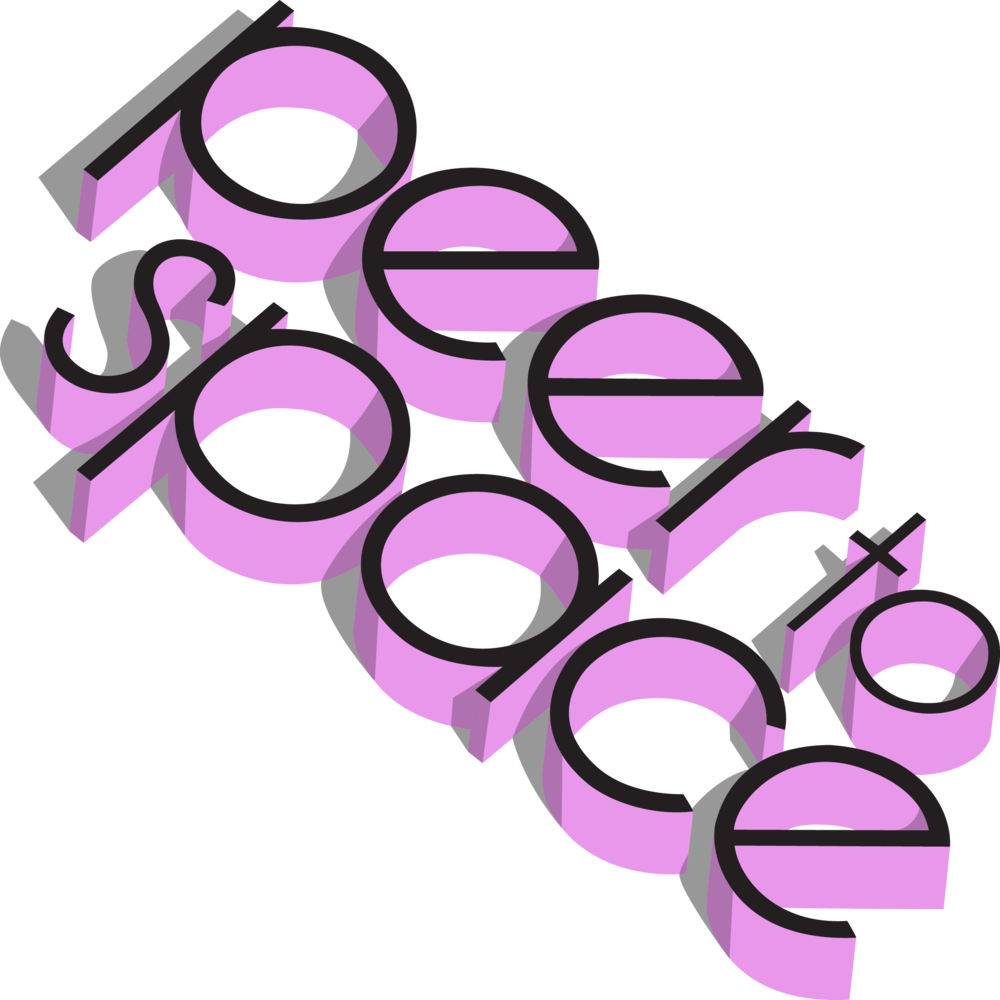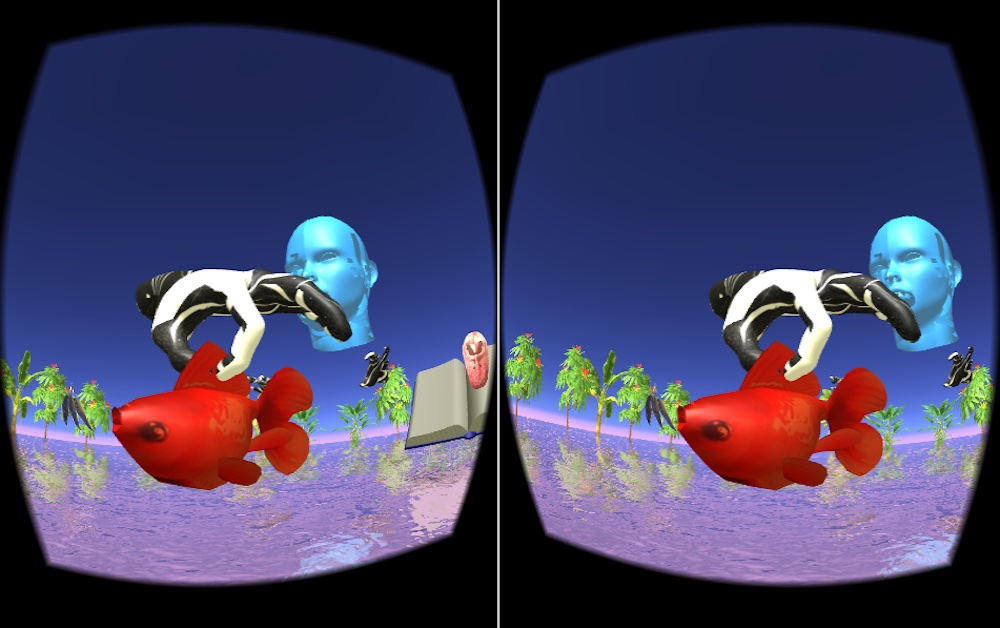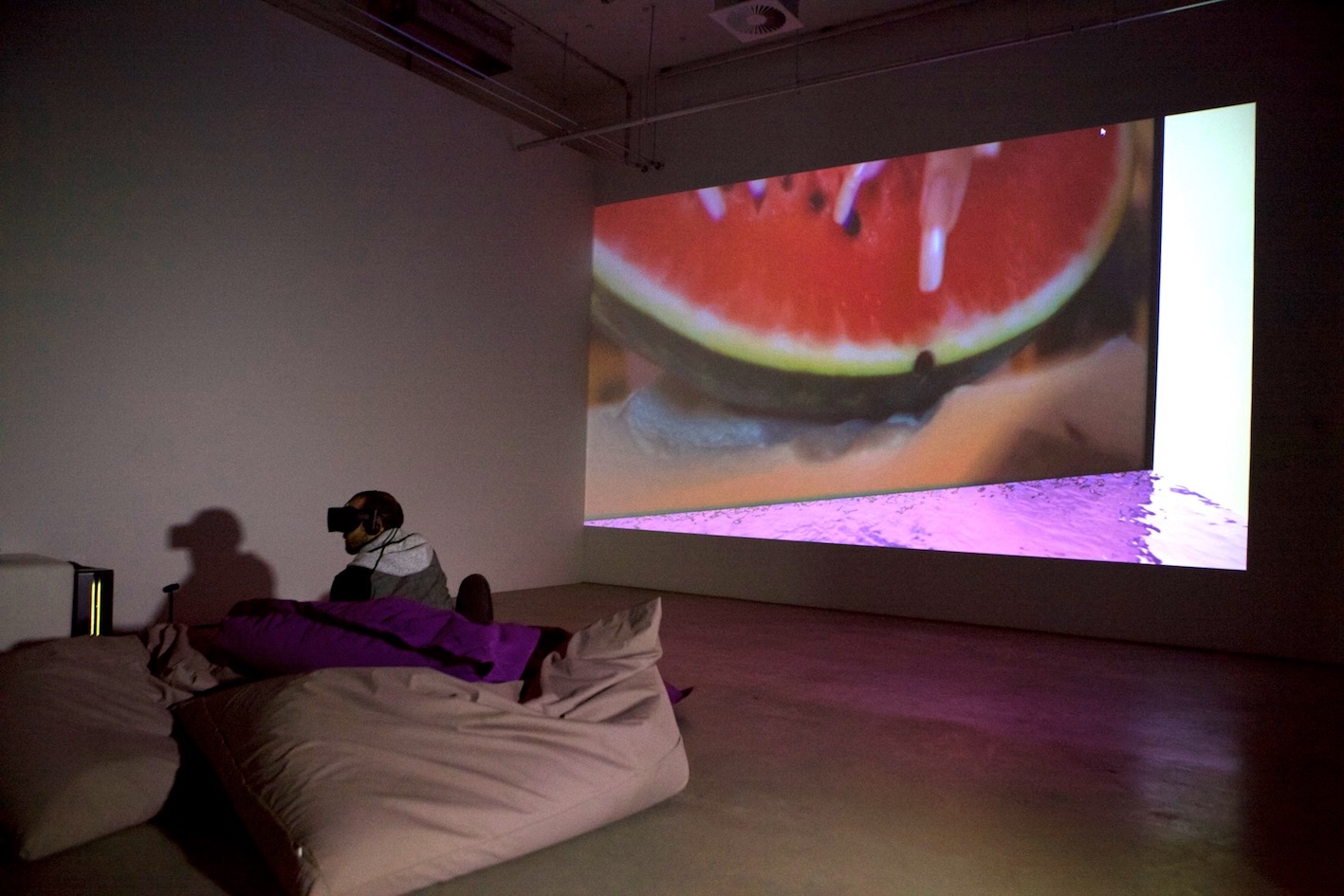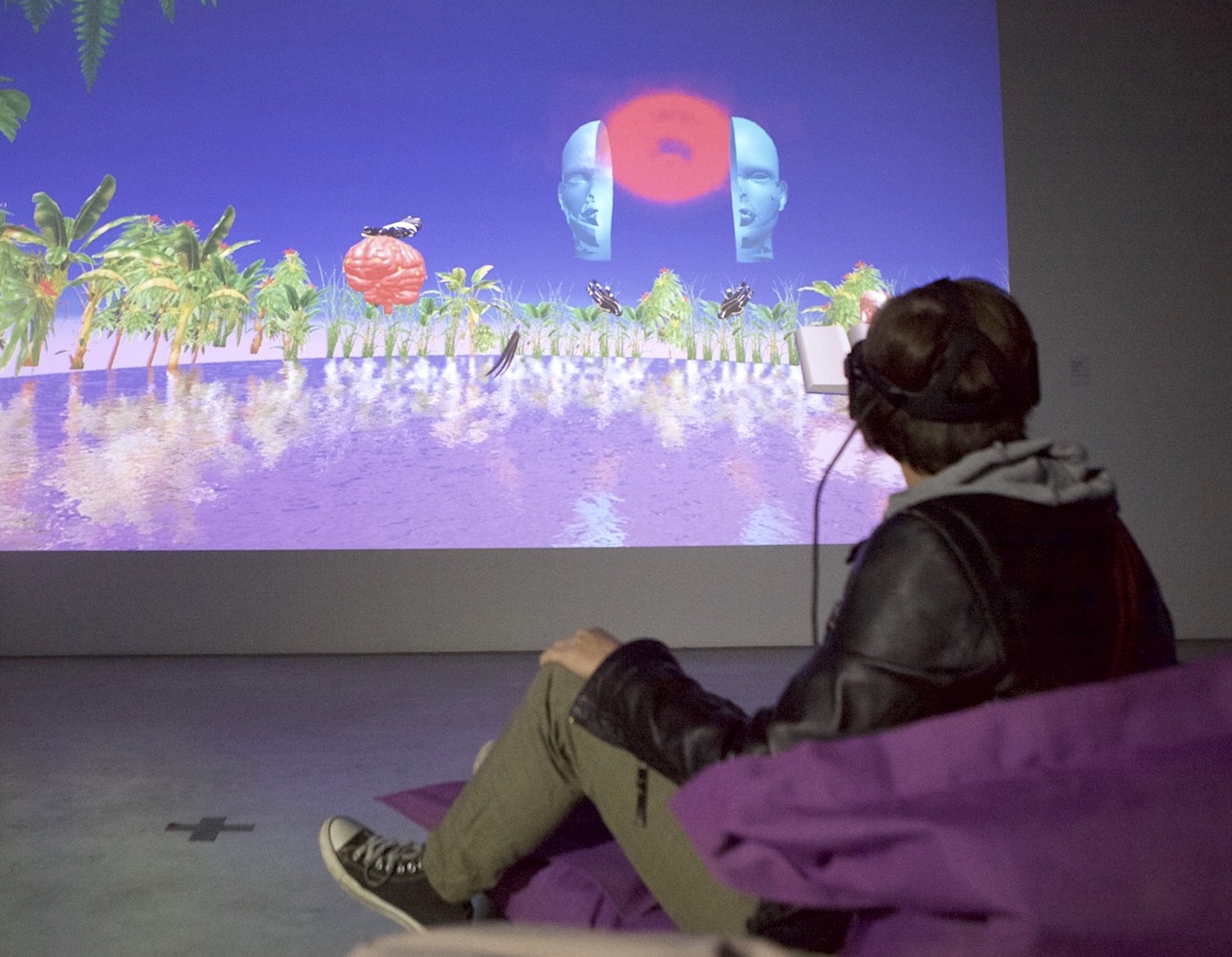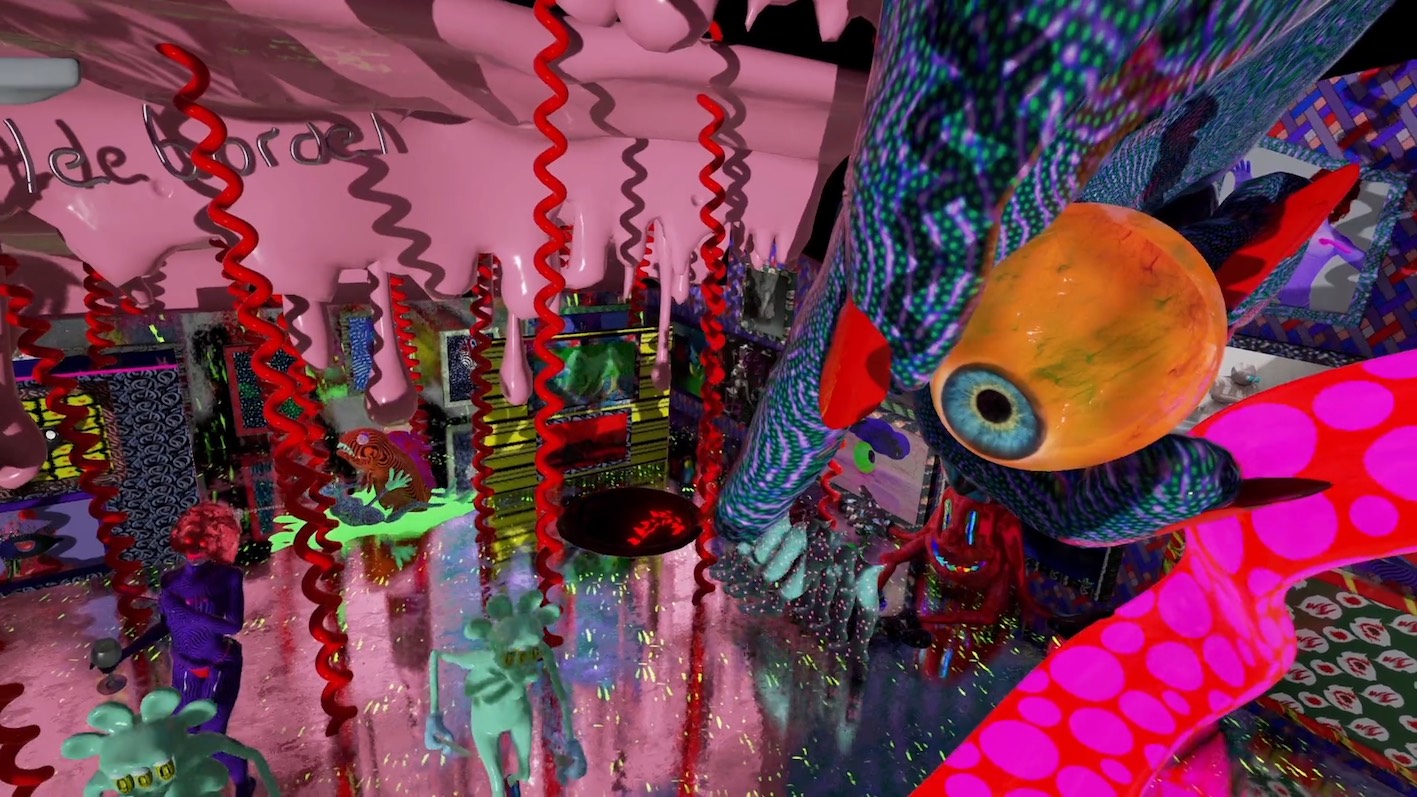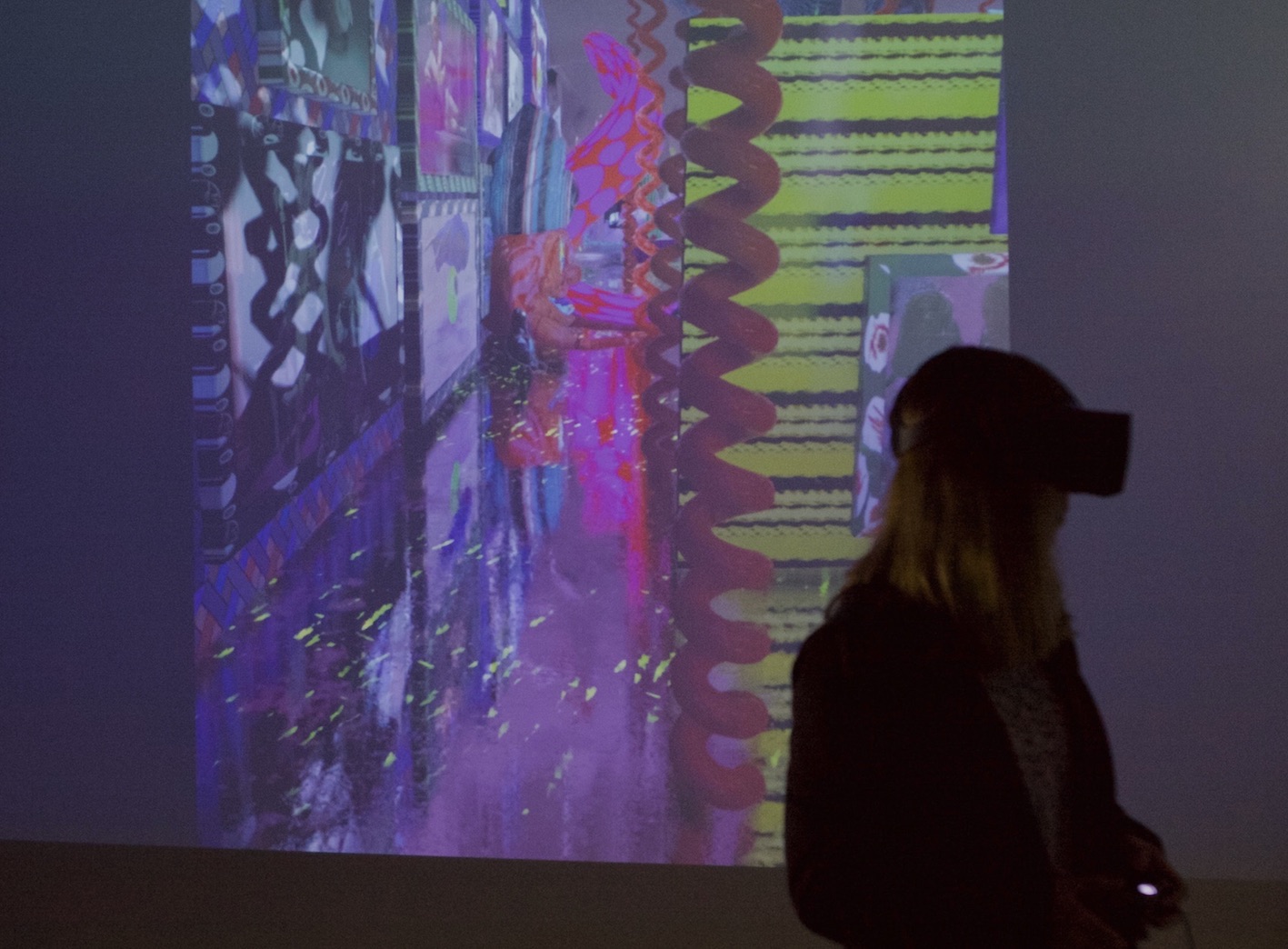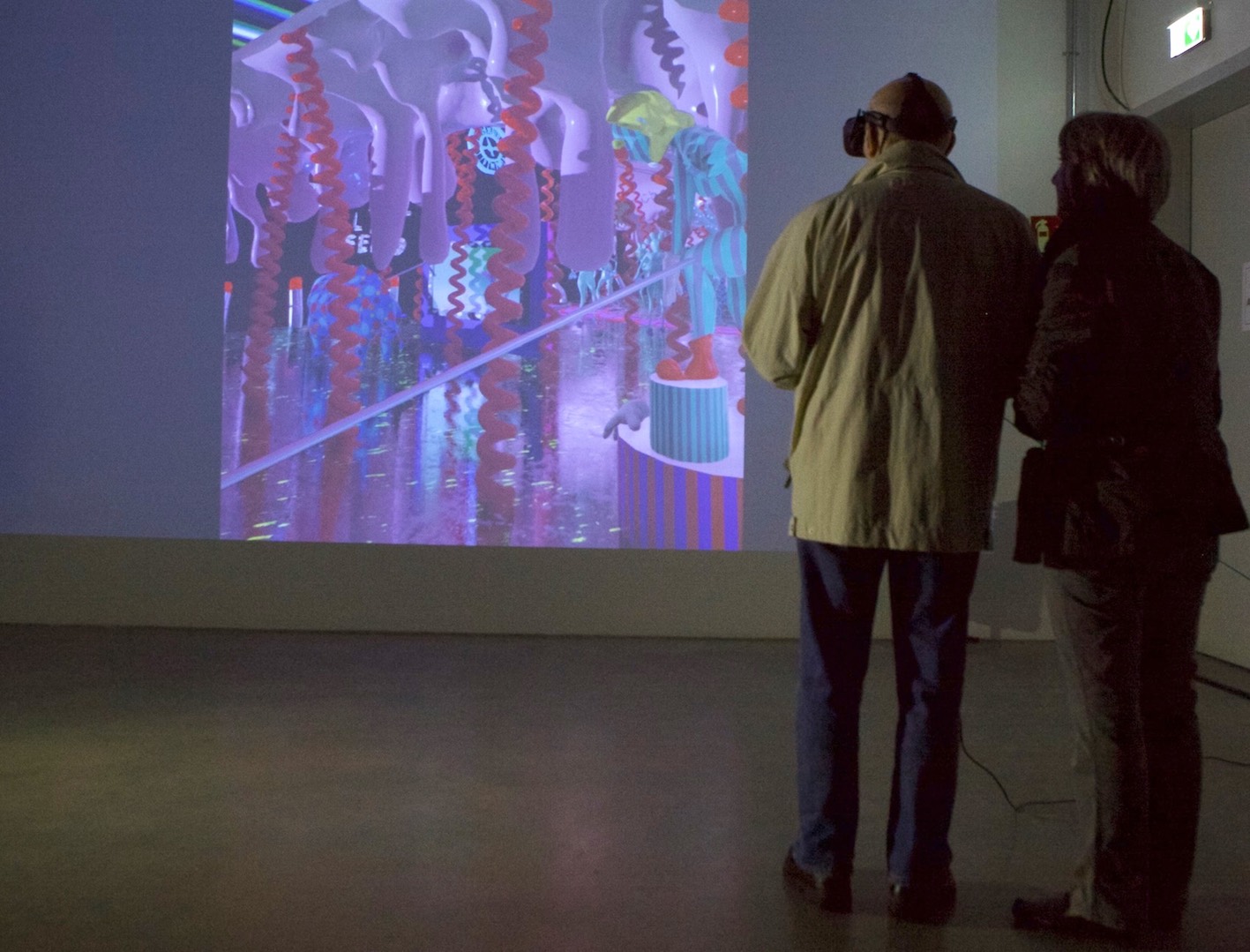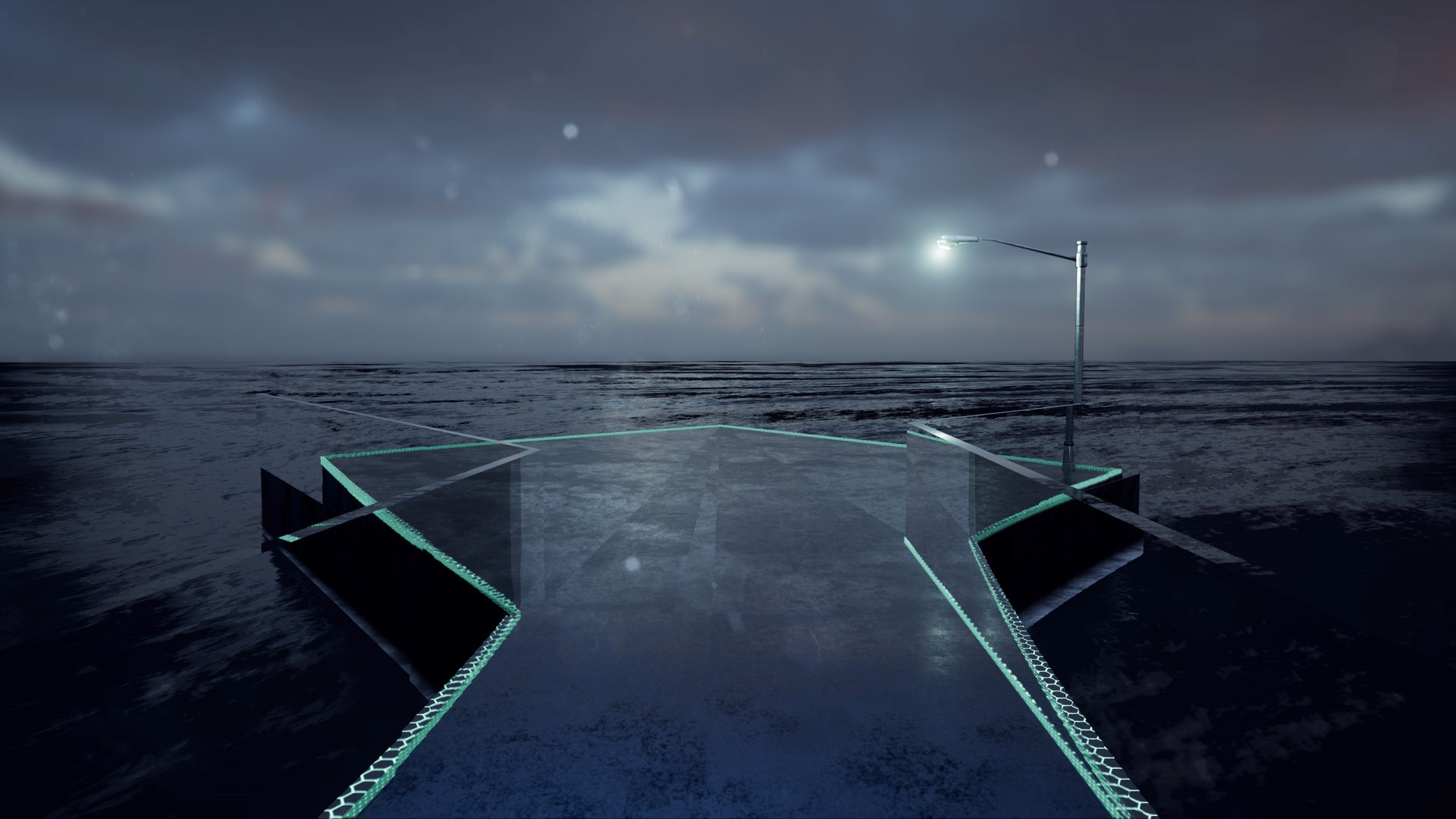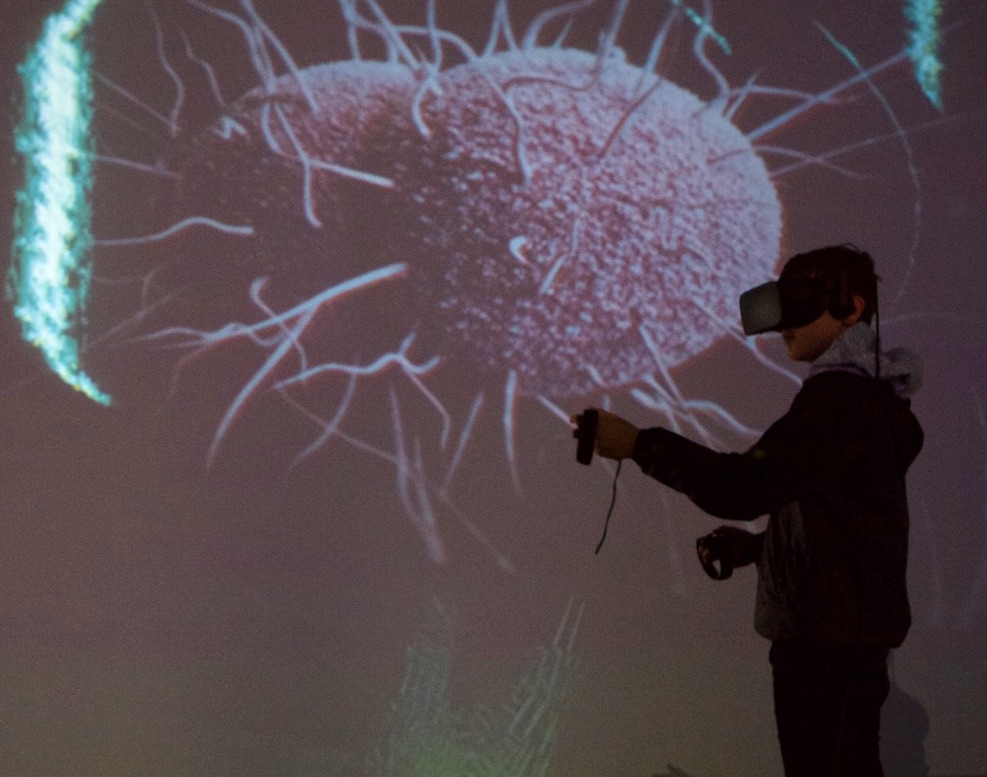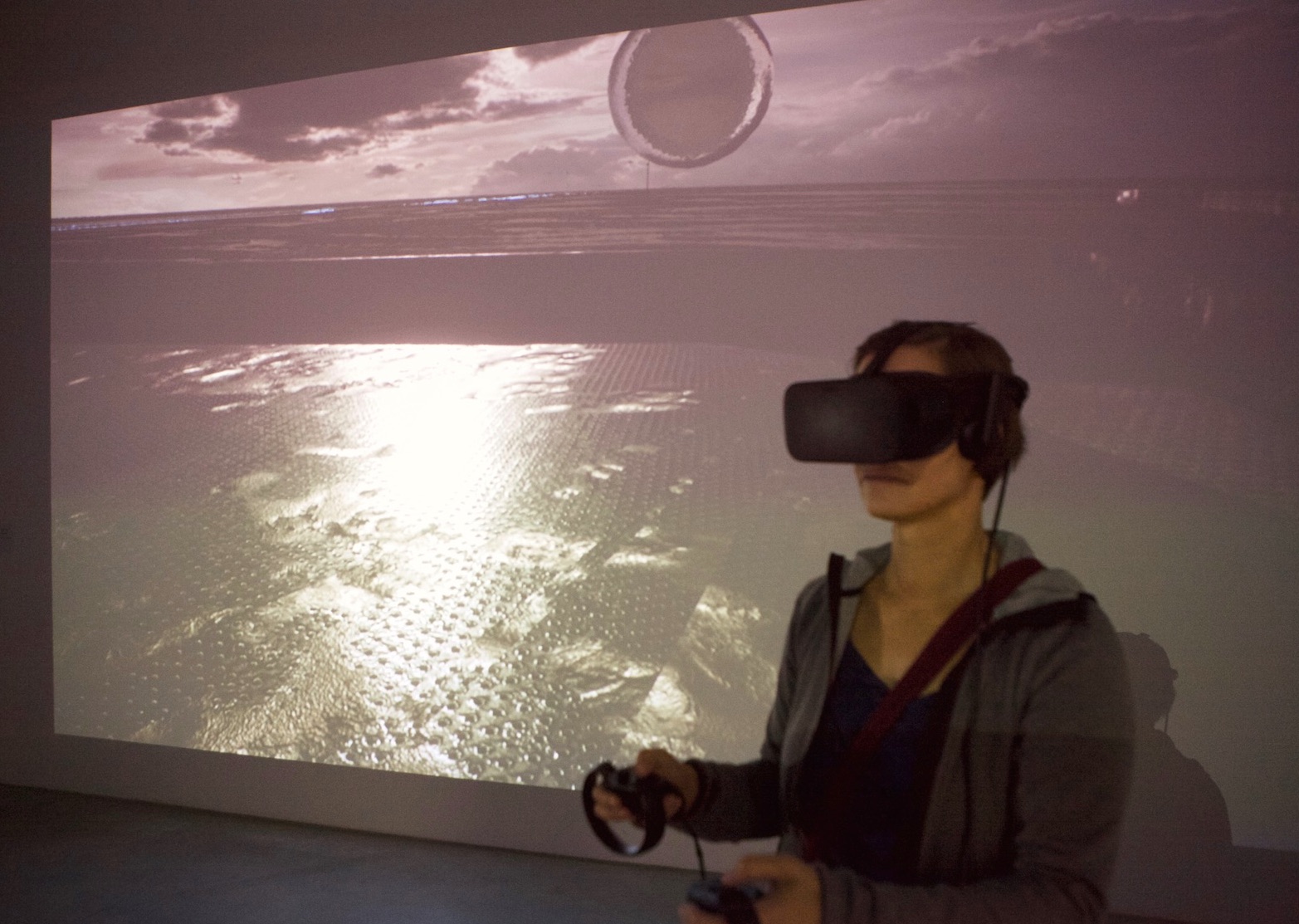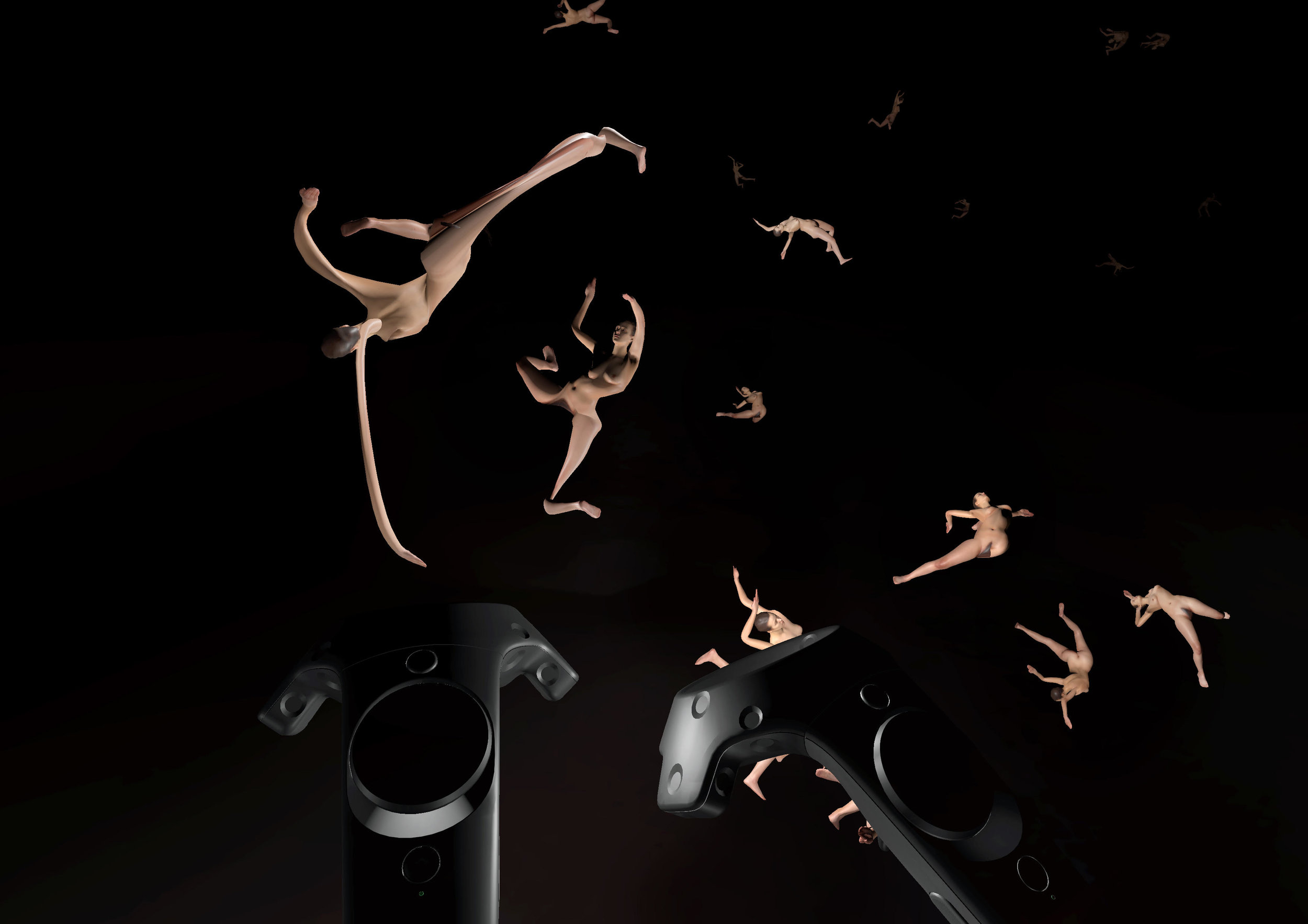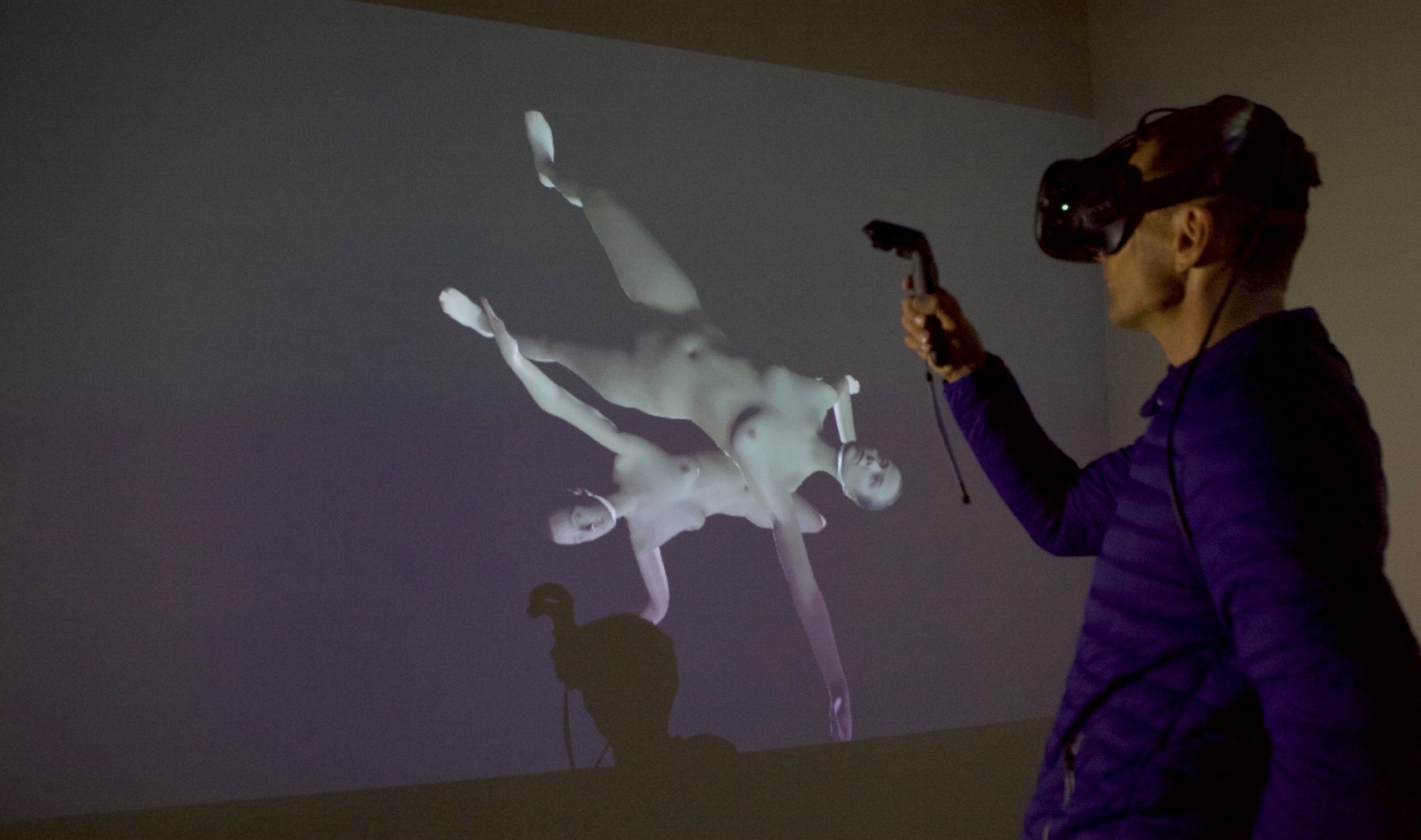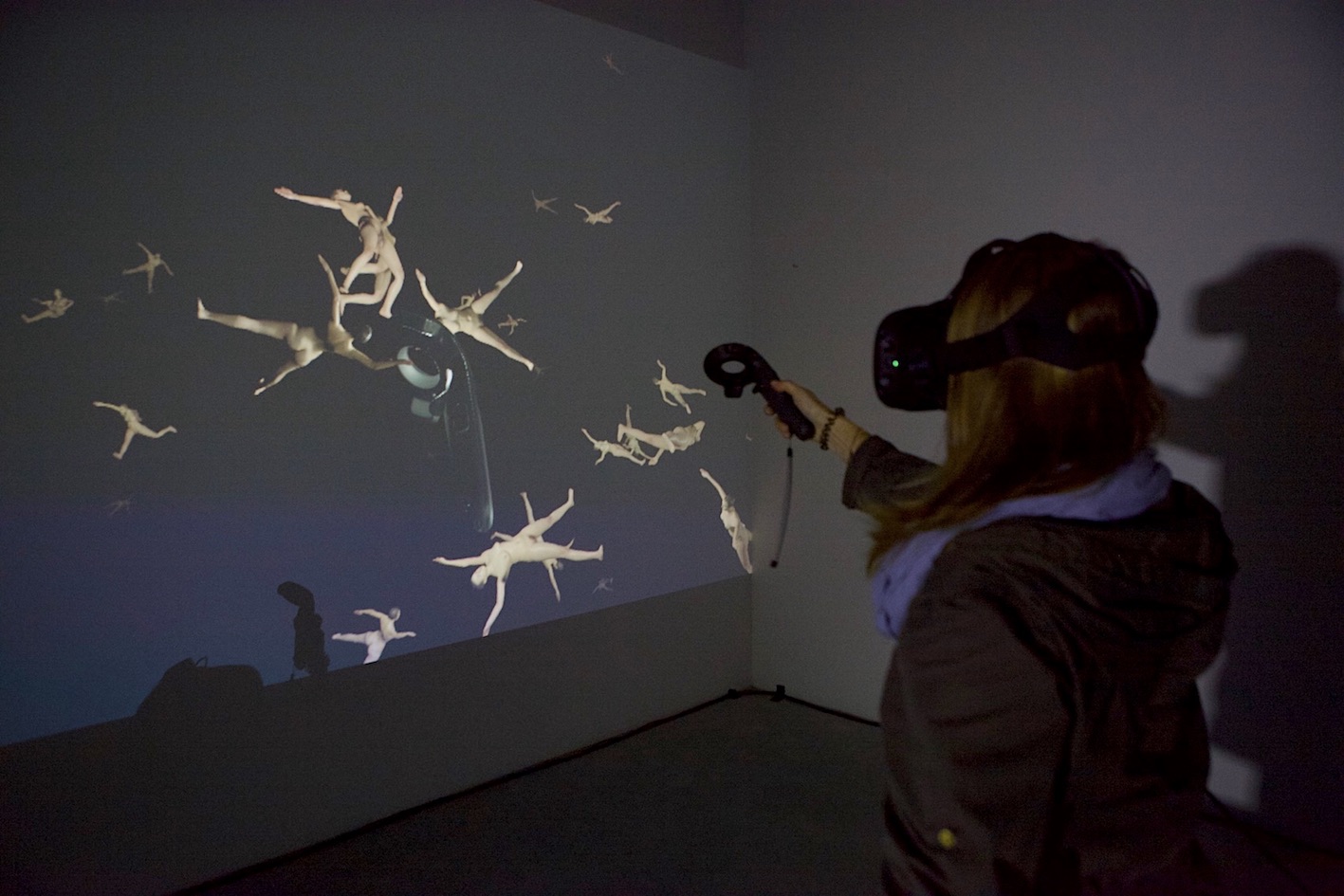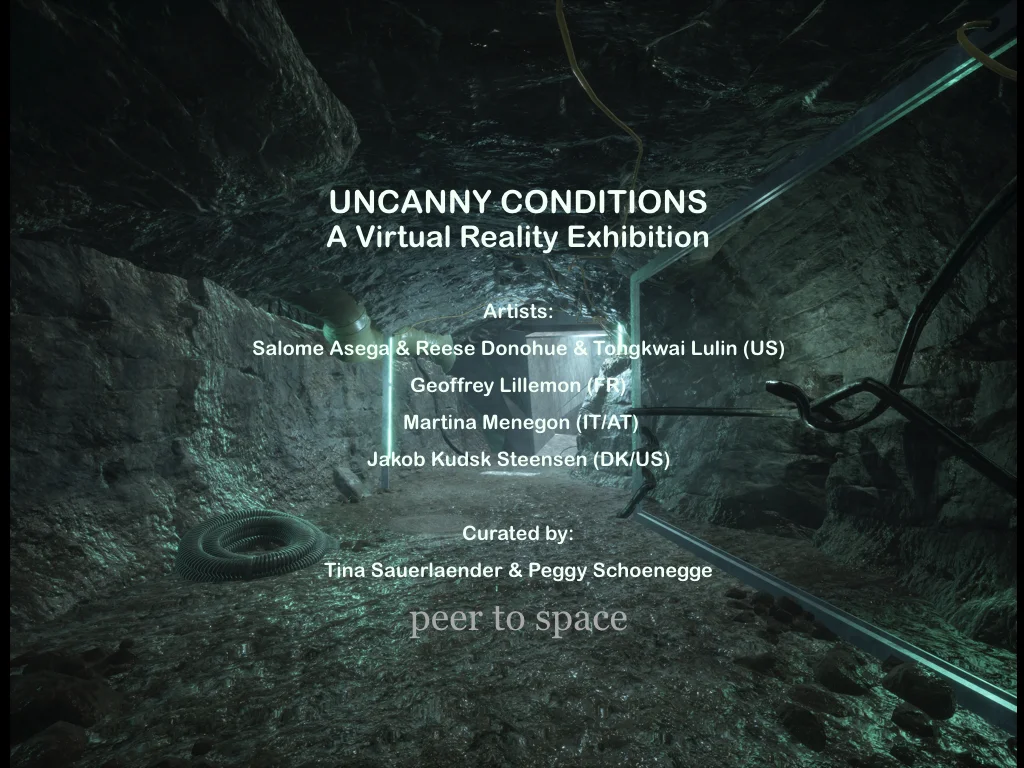>>> Watch the documentation video of UNCANNY CONDITIONS
UNCANNY CONDITIONS - A Virtual Reality Exhibition
Artists: Salome Asega & Reese Donohue & Tongkwai Lulin (US), Geoffrey Lillemon (FR), Martina Menegon (IT/AT), Jakob Kudsk Steensen (DK/US)
Curated by: Tina Sauerländer and Peggy Schoenegge, peer to space
Exhibition at: whiteBOX, Atelierstraße 18, 81671 Munich, Germany
For FNY Festival, Werksviertel, Munich, Germany
Opening: September 1, 2017, 7 pm // Duration: September 1–10, 2017 // Sun.–Thurs., 10am–6pm / Fri., 10–2am / Sat., 2pm–2am
The VR exhibition UNCANNY CONDITIONS delves into the challenges of human living in the digital age reflected in four artistic virtual reality experiences. Uncanny means strange or mysterious and refers to something beyond the ordinary or normal. The term Uncanny Valley refers to robots or avatars designed as humanoids. They appear almost, but never exactly, human and evoke an uncanny irritation for the viewer, a lack of authenticity. In this sense, uncanniness could also refer to digitally created imagery almost indistinguishable from reality. All these meanings occur in the virtual reality exhibition UNCANNY CONDITIONS.
The experimental visual meditation ASM(V)R by Salome Asega, Reese Donohue and Tongkwai Lulin deals with the impact of digital stimuli on the physical body. Geoffrey Lillemon’s The Nail Polish Inferno creates an exuberant bubblegum strip club with illustrious characters of his own artistic past. Martina Menegon’s artistic VR experience plug your nose and try to hum addresses the ephemerality yet tangibility of her own digitized human body. Jakob Kudsk Steensen’s dystopian vision Aquaphobia focuses on human fear and how we address climate change and rising oceans.
The exhibition UNCANNY CONDITIONS is part of the FNY Festival. Located in the former Kunstpark Ost area in Munich characterized by exuberant nightlife, the contemporary international music festival provokes a cultural clash of all kinds of fine art and video art for high/low culture atmosphere. The exhibition also takes place in this area at whiteBOX statt. The project is a cooperation with the center for art and culture whiteBOX.art.
DETAILED INFORMATION ABOUT EACH ARTISTIC VR INSTALLATION:
Salome Asega, Reese Donohue and Tongkwai Lulin (US), ASM(V)R, 2017
Salome Asega, Reese Donohue and Tongkwai Lulin (US), ASM(V)R, 2017: First presented at MoMA PS1, ASM(V)R is an experiment in binaural audio and sound-reactive visual meditation. Created in collaboration with NYC-based artist collective and label PTP Records, ASM(V)R seeks to explore the Uncanny Valley of intimacy in the ASMR Youtube community in the first-ever virtual reality ASMR experience. ASMR (Autonomous sensory meridian response) refers to the experience of head tingling caused by sensory stimuli on the skin. It is a blissful, emotional response often creating goosebumps. This reaction can also be triggered by digital media, such as virtual reality experiences.
Geoffrey Lillemon (FR), The Nail Polish Inferno @ La Vilette, Virtual Reality Retrospective Strip Club Nightmare set in Bubblegum Hell, 2016
Geoffrey Lillemon (FR), The Nail Polish Inferno @ La Vilette, Virtual Reality Retrospective Strip Club Nightmare set in Bubblegum Hell, 2016: The Nailpolish Inferno is a virtual reality retrospective filled with the work of Geoffrey Lillemon from 2005–2015. As opposed to a traditional format where the pieces are shown in their original form, in this piece the artist invites all characters and scenarios from previous projects in a strip club where their intention is remixed to create a new piece of work—a sort of party where all characters are placed in an unfamiliar environment, and the audience is invited to explore an art show with them.
Martina Menegon (IT/AT), plug your nose and try to hum, 2017
Martina Menegon (IT/AT), plug your nose and try to hum, 2017: Martina Menegon’s work deals with the instability and ephemerality of the human body as well as the alienation from physicality in today’s digital age, questioning the gap between real and virtual, flesh and data. plug your nose and try to hum is a virtual reality installation in which the user is surrounded by floating miniature bodies that can be hit, grabbed, stretched and tossed around. Using the controllers, which also function as light sources, it is possible to freely interact with the artist’s 3d-scanned body that randomly reproduces around the scene, humming in various pitches. These virtual bodies propose a synthetic corporeality, evoking a sense of uncanniness due to the blurring of the split between real and virtual, flesh and data. They are the perceivable digital representation of something that can be sensed and felt despite their virtual nature.
Jakob Kudsk Steensen (DK/US), Aquaphobia, 2017
Jakob Kudsk Steensen (DK/US), Aquaphobia, 2017: Jakob Kudsk Steensen's new VR work Aquaphobia looks at psychological studies of fear of water and how to overcome it. They are used as a source of inspiration to consider how we should no longer fear but accept and adjust to new climate conditions and rising oceans. In the treatment of aquaphobia, patients are slowly introduced to new ways of thinking about water and their connections to it. In the virtual world developed by Steensen, you journey through subterranean archaeological sites, which include underwater images of fish, microbes from the waters of Brooklyn, and onwards to a futuristic park extending over the oceans. The virtual world transitions from something seemingly solid to something muddy, wet, futuristic and historical simultaneously. The virtual landscape is an accurately scaled model of Louis Valentino Jr. Park and Pier in Redhook, Brooklyn. Developed from satellite images, photogrammetry and studies of the red clay of the former peninsulaRedhook. Steensen's own photographs and studies of the geological foundations of the landscape merge the fantasies and anxieties connected with climate change. Aquaphobiais supported by the NYC Department of Cultural Affairs.
